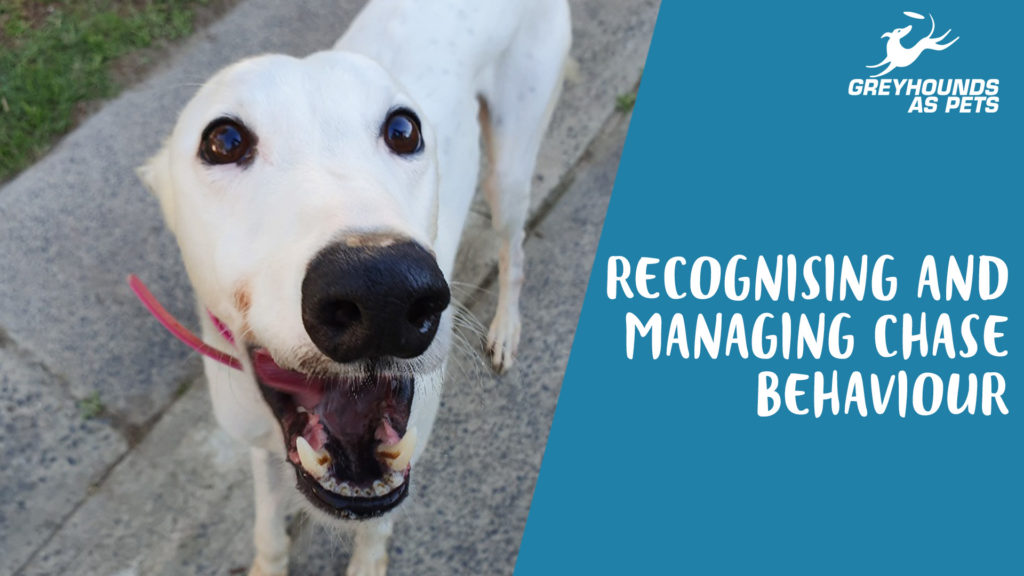
Recognising and managing chase behaviour in greyhounds
All animals have instinctive behaviours designed to help them acquire food. For omnivores like the dog, this includes the sequence of behaviours that allowed them to catch and eat other animals when they had to survive in the wild. Selective breeding has altered how certain breeds of dogs express this behavioural sequence that was essential to their survival before they had us humans to provide for all their needs! For example, certain herding breeds, like the Border Collie, have been bred with an emphasis on the ‘stare’ portion of the sequence. Similarly, greyhounds have been bred with an emphasis on the ‘chase’ portion - this is what makes them such fabulous athletes!
Chase behaviour is sometimes confused with aggression, but shouldn’t be because the emotions behind the behaviour are totally different. Aggressive behaviour develops from a negative emotional state whereas the emotions driving chase behaviour are positive.
While chasing things is an enjoyable feeling for your dog, it can become problematic when the targets of this behaviour are inappropriate. As such, it is important that this behaviour is managed and you, as we always say, set your pooch up for success.
It is particularly important that the chase sequence is interrupted in its early stages, to help develop your dog’s skills of leaving potential chase objects. Remember, greyhounds have been bred for an intense chase response, so it’s best to intervene in the early stages of the sequence (i.e. when the dog is alert but prior to attempting to chase).
Here are some things to look out for:
- Staring intently at an object of interest with an inability to be distracted away
- Stiff body language
- Shaking, jaw trembling
- Fast and stiff wagging tail
The above behaviours should be used as a sign to move your dog away from its current environment as they aren’t able to make good decisions in this state (i.e. they won’t be able to calmly interact with other dogs). If the sequence goes uninterrupted, the target may be subject to the following:
- Being whined or barked at
- Being stalked or lunged at
- (if the greyhound is permitted) Being chased
- Being bunted by the greyhound’s nose or pawed
- (in extreme circumstances) Being grabbed or bitten
The best strategy to help teach a greyhound what is and isn’t appropriate to chase is to expose the dog to a variety of other dogs (of all shapes, ages and sizes), ideally at a young age. This will help the dog to recognise other dogs as social objects rather than objects to chase. If you own an adult greyhound that seems predisposed to chase other breeds of dog, consider the following management strategies:
- Practice doing U-turns with your dog and reward them with a yummy treat for turning around and heading in the opposite direction. This is best practiced at home initially to give your dog plenty of practice
- If your greyhound begins the chase sequence, interrupt it immediately and perform the above U-turn manoeuvre to remove them from the situation.
- Reward good decisions (such as choosing to disengage from other dogs and being calm) with yummy treats and praise
- Expose your dog to other dogs by walking them parallel to other dogs, at a distance that allows the greyhound to be curious (soft body language and able to sniff and explore) without being fixated. Over time this distance can be decreased
- Greyhounds that display intense chase behaviour towards other dogs, even when the other dog is at a considerable distance, should not be expected to safely socialise with smaller breeds. Some dogs benefit more from mental stimulation at home rather than being taken for walks - so it’s important to recognise your dog’s limitations and preferences
It’s important to note that you should not punish chase behaviour. This would only prevent your dog from showing the early signs of chase behaviour, and give you less time to intervene safely. It also would risk your dog redirecting their frustration onto you. It’s also important that you give your dog opportunities to engage in safe chase behaviour such as playing with toys in an enclosed backyard or secure room. Improving your dog’s skills and avoiding situations that have too many uncontrolled variables (such as off lead dog parks) will help your greyhound know when to chase versus when to chill out!
More news
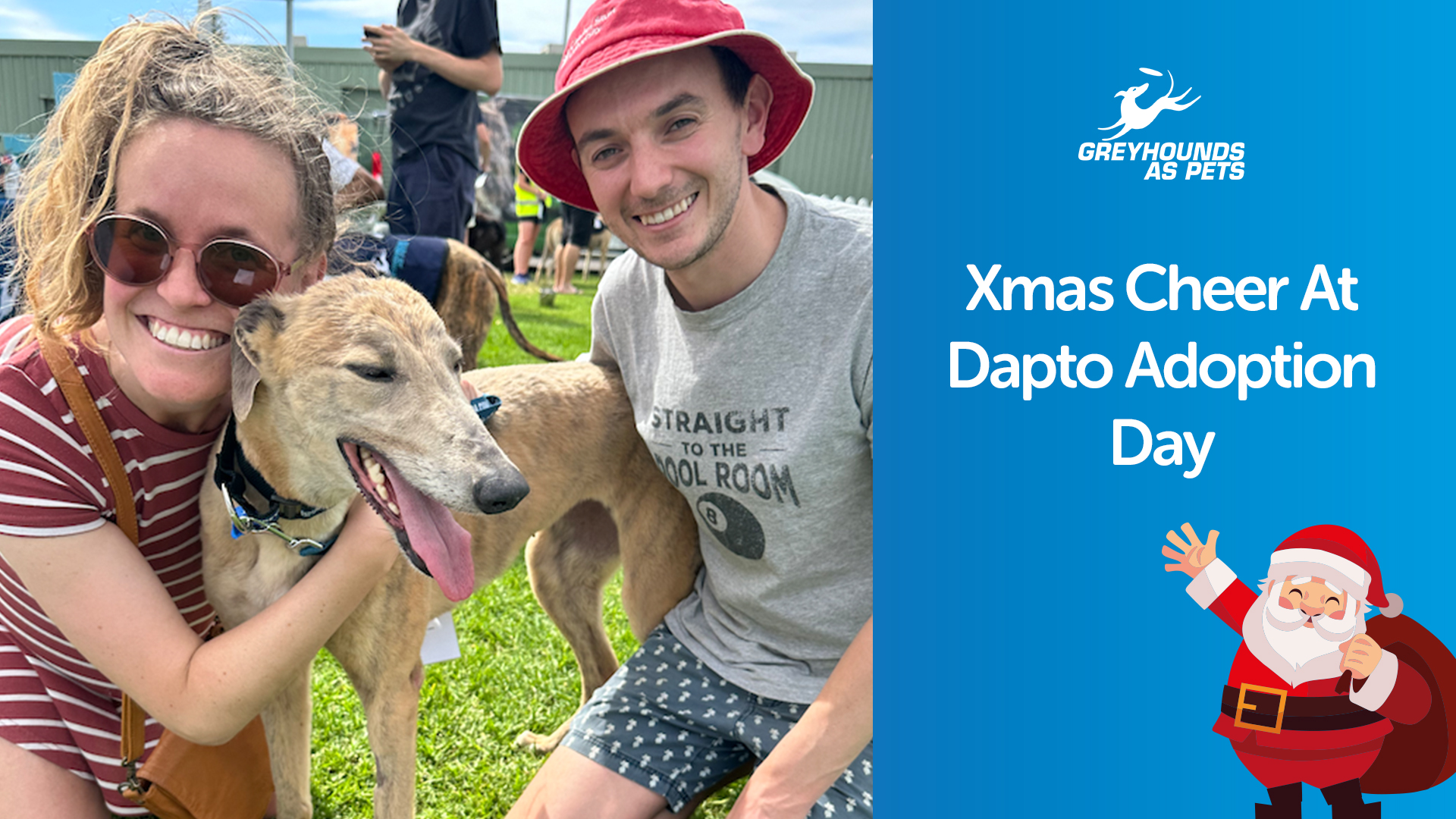 Adoption Day Success At DaptoDecember 19, 2023 10:35
Adoption Day Success At DaptoDecember 19, 2023 10:35 Wellington Joins GAP Prison ProgramBy GRNSWDecember 04, 2023 17:21
Wellington Joins GAP Prison ProgramBy GRNSWDecember 04, 2023 17:21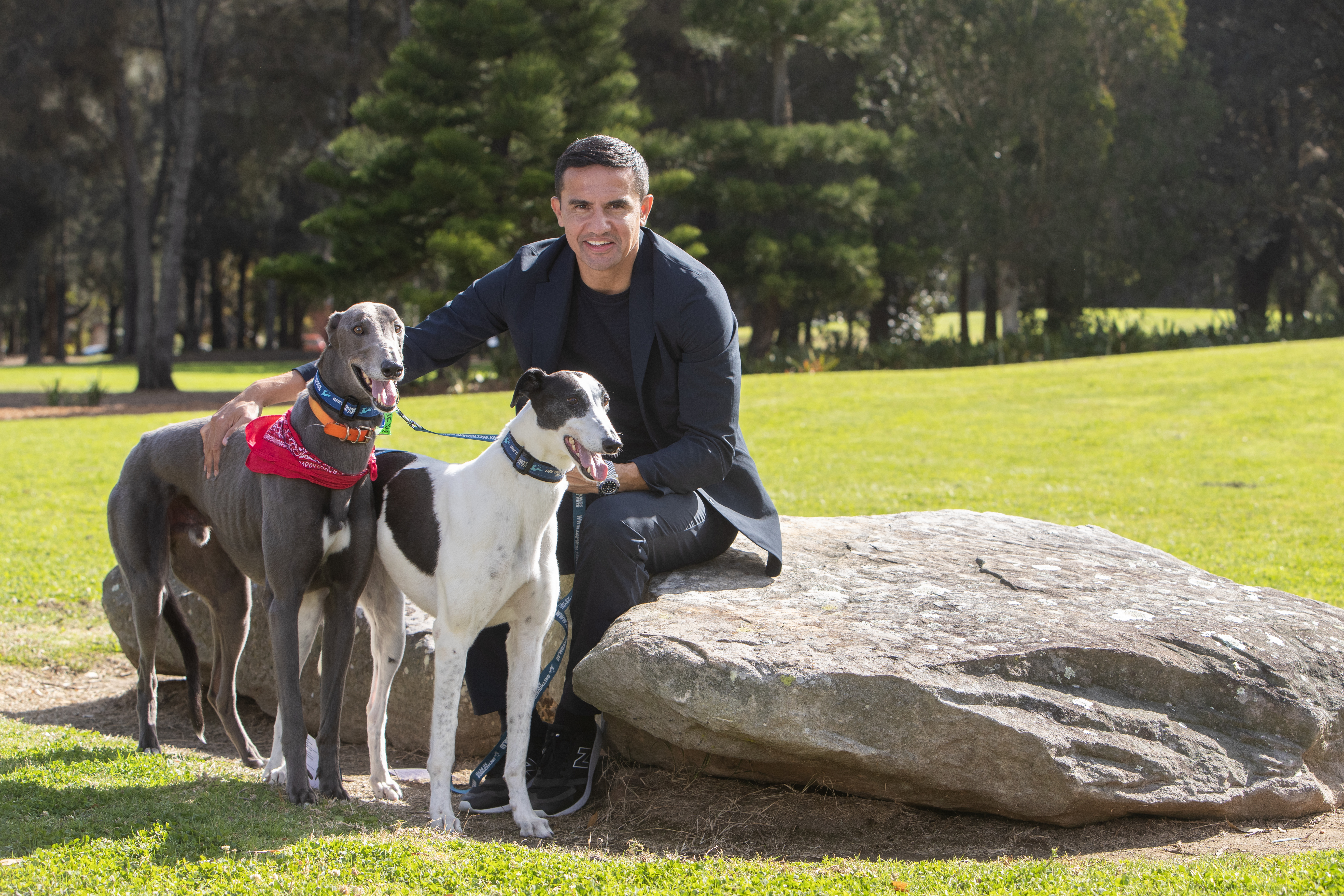 Cahill Now A Hall Of Fame AmbassadorBy GAPNSWNovember 30, 2023 10:20
Cahill Now A Hall Of Fame AmbassadorBy GAPNSWNovember 30, 2023 10:20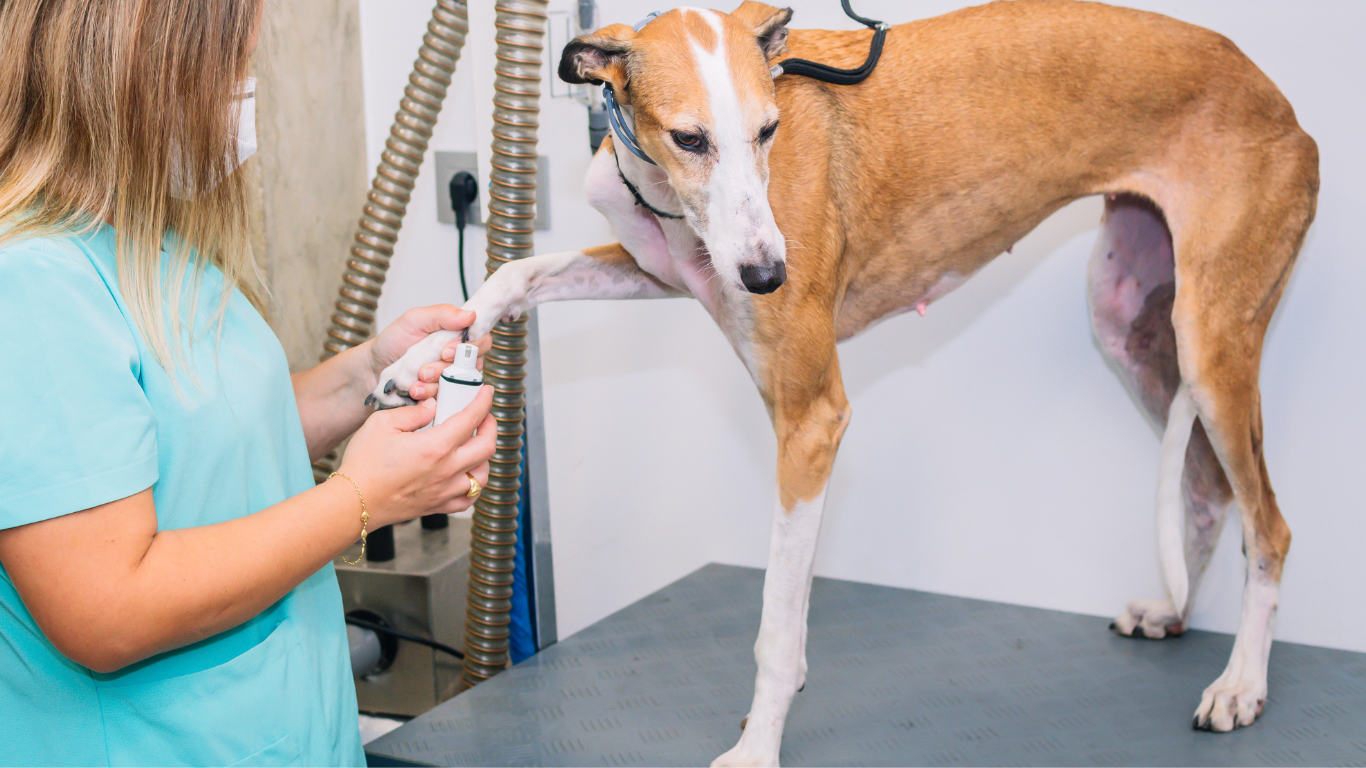 How To Care For Greyhound NailsBy gapnsw.com.auOctober 23, 2023 11:35
How To Care For Greyhound NailsBy gapnsw.com.auOctober 23, 2023 11:35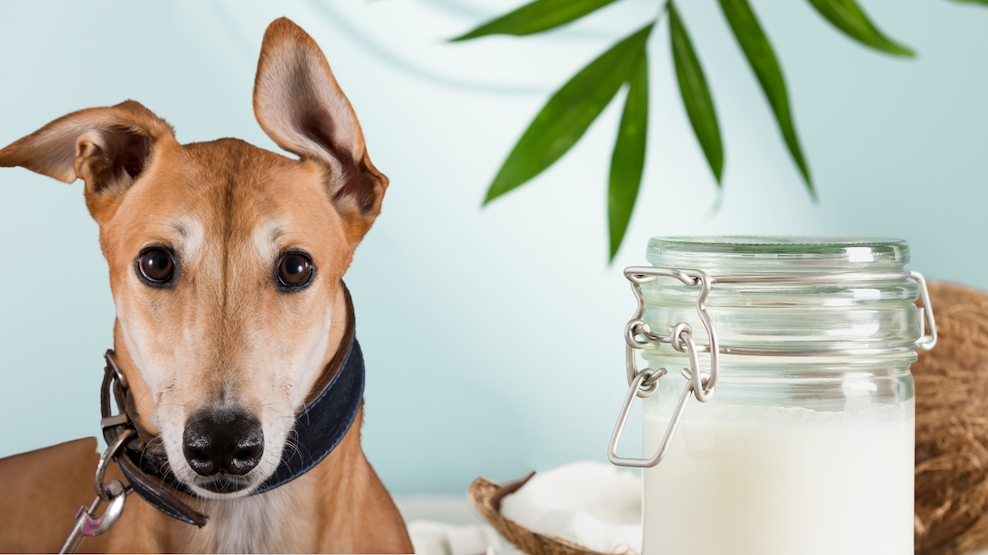 Is Coconut Oil Your Dog's Best Friend?By GAPNSWOctober 23, 2023 09:36
Is Coconut Oil Your Dog's Best Friend?By GAPNSWOctober 23, 2023 09:36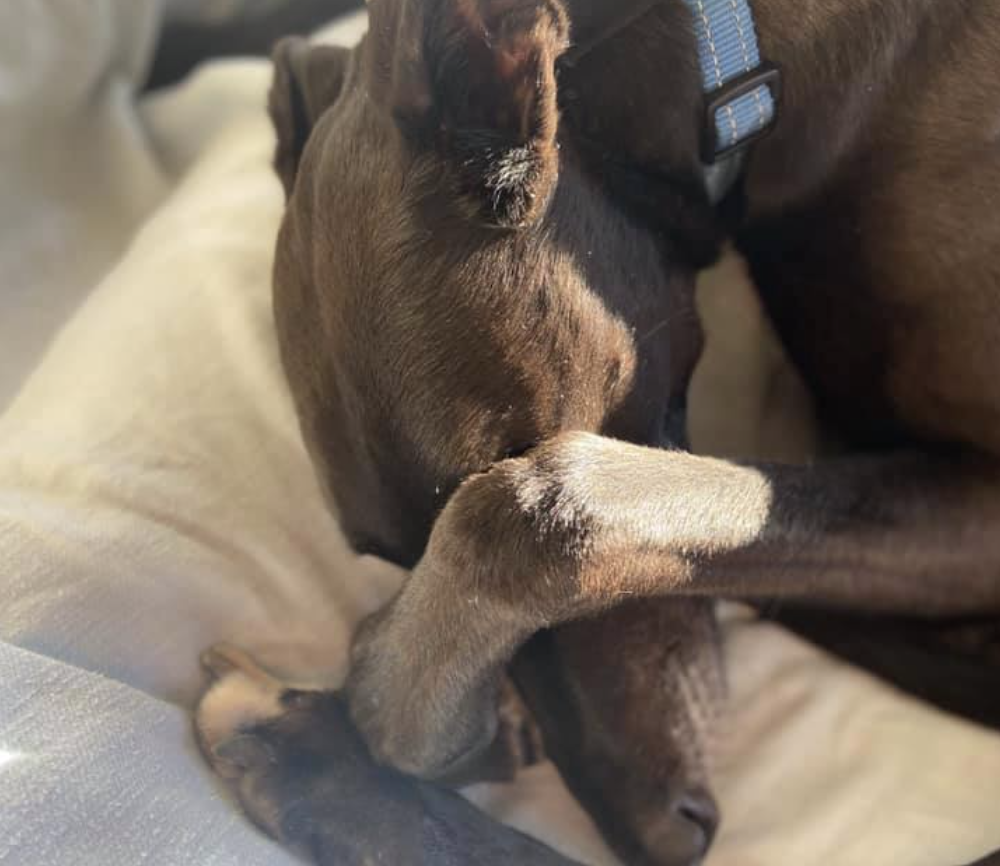 Helping a Greyhound When Relocating Their Safe SpaceBy gapnsw.com.auSeptember 13, 2023 11:10
Helping a Greyhound When Relocating Their Safe SpaceBy gapnsw.com.auSeptember 13, 2023 11:10